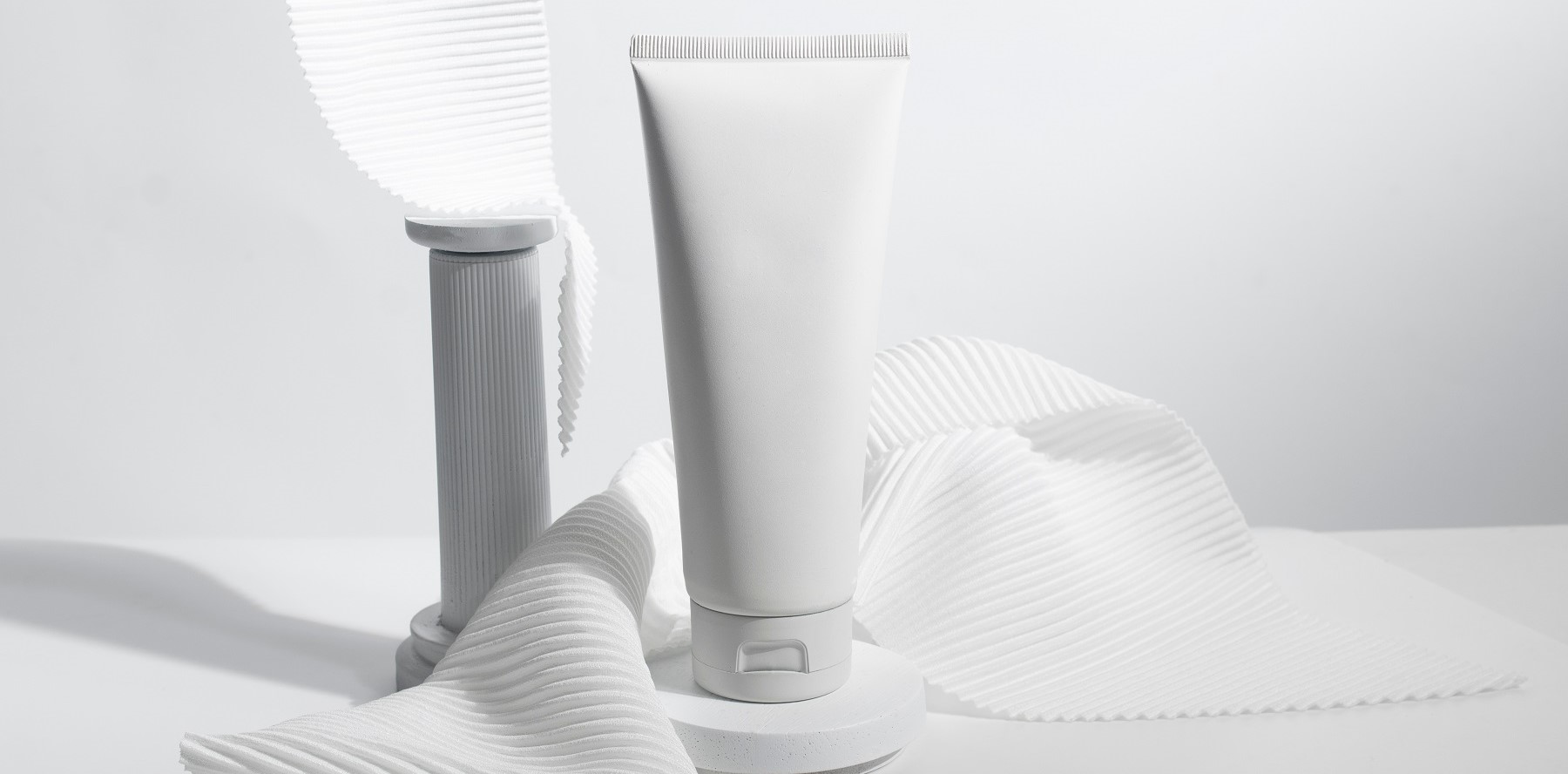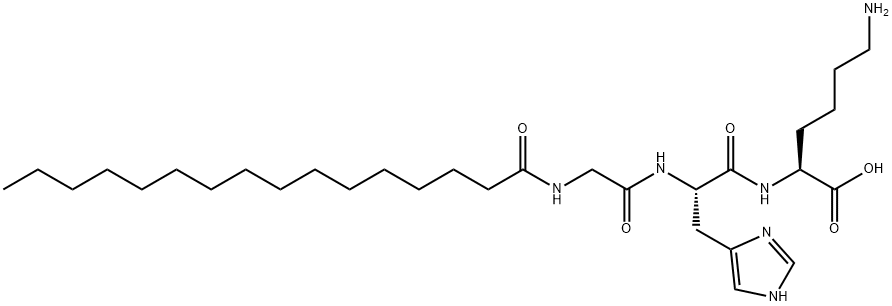Palmitoyl Tripeptide-1 is a frequently incorporated ingredient in a range of skincare and cosmetic products. Its principal function is to curtail the aging process, exhibiting manifold benefits for the skin owing to its unique action mechanism.
Purpose: Palmitoyl Tripeptide-1 is known for its application in skincare products, predominantly for its age-defying qualities. It aids in enhancing the skin's appearance by reducing wrinkles, fine lines and improving firmness and elasticity of the skin.
Efficacy: Upon topical use, Palmitoyl Tripeptide-1 stimulates the skin's collagen and elastin production. These proteins are integral for maintaining skin structure, elasticity, and its youthful look. The peptide, by boosting synthesis of collagen and elastin, helps diminish signs of aging, including sagging skin and wrinkles.
Mechanism of Action: Palmitoyl Tripeptide-1 functions by activating certain growth factors and signaling pathways in the skin. It stimulates fibroblast cells responsible for producing collagen and elastin. Moreover, this peptide also shields existing collagen and elastin fibers from degradation triggered by external aggressors like UV radiation and free radicals.
Palmitoyl Tripeptide-1 mechanism of action involves:
Binding to skin receptors: Post-application, the peptide binds to specific receptors present on skin cells' surface.
Activation of growth factors: This binding then triggers a cellular response, initializing the activation of growth factors.
Stimulation of collagen and elastin synthesis: These activated growth factors contribute towards collagen and elastin synthesis, thereby restoring and fortifying the skin's structure.
Protection against degradation: Additionally, Palmitoyl Tripeptide-1 enhances the skin's natural defensive mechanisms, protecting collagen and elastin fibers from external damage.

